Are You Using the WRONG Paint Roller Cover?
Should you use different types of paint roller covers for different types of paint? Yes!
Have you painted something and didn’t get a smooth finish, then wondered why?
It likely was the paint roller cover! Did you know that there are different types of roller covers?
The roller cover you chose can help you not only get a better finish, but also apply the paint more evenly and efficiently.
That means better results for your hard work! Guess what?
If you use the right roller cover for your paint type and project, you’ll use less paint too.
In the long run, that will save you money on your paint projects!
Here is your easy guide to what paint roller cover to use by project!
Want to know about all of the paint tools I recommend? Read The 20 Must-Have Tools for Painting a Room
Paint Roller Cover Basics
You may be surprised to find out that roller covers are pretty complex and are actually made out of fabric or foam!
Roller covers come in three basic materials: foam, knit or woven. They also have different nap lengths too.
What is nap or pile length, when it comes to paint roller covers?
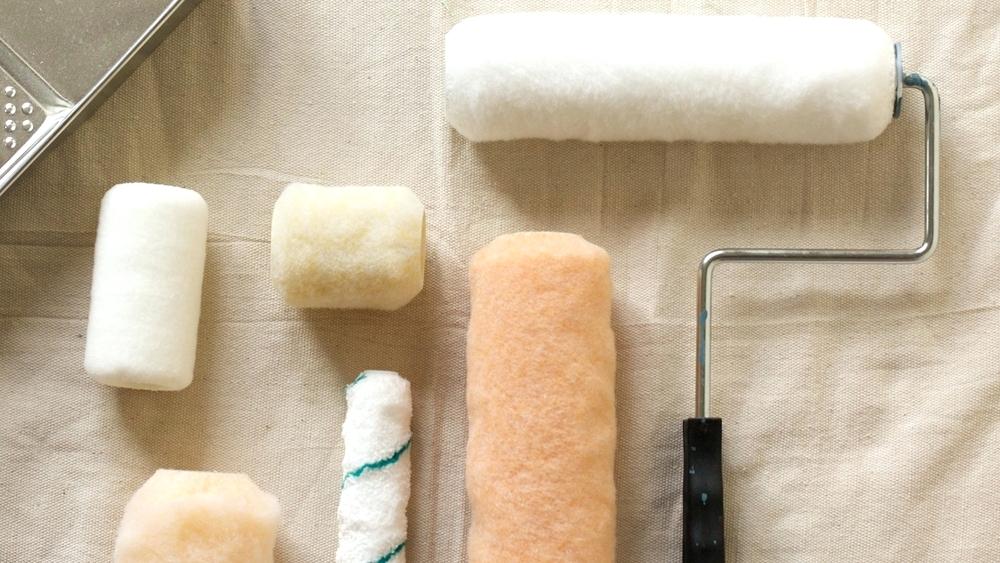
When you look at a cross section of a roller cover, the nap or pile will be how “fat” the roller looks.
Nap or pile length is how long the fibers are that are picking up and applying the paint. Easy!
Basic roller options go from zero nap all the way up to over 1 inch of nap, but as a general painter it’s very rare you will ever need that high or thick of a nap.
Contains hand selected products, with affiliate marketing links where I may earn a small commission if a purchase is made. {full disclosure here}
Roller cover material or fabric types:
- Foam
- Synthetic fibers like polyester and nylon
- Microfiber, which is a finer synthetic
- Wool
- Wool-Poly blends
Honestly, unless you are professional painter and painting materials other than a latex or oil paint, you don’t really need to worry about the material.
What you DO need to worry about is the pile or nap of the paint roller cover, which we will go through in detail.
Note: this guide is only addressing roller covers for paint, but not stain.
Where did I learn all of this nerdy stuff about paint roller covers and why should you trust me?
I worked for Valspar the paint company for 5 years and went through roller and brush training with Wooster.
My Best Paint Advice: 15 Common Questions Answered!
So I am a super paint nerd that LOVES to teach people all about how to paint things!
Roller Covers by Fabric Type
Believe it or not, there are different ways a roller cover is manufactured to give it the height and softness you see and feel.
primary types of roller cover fabrics:
- Knit fabric covers
- Woven fabric covers
Are you surprised to know there are different ways the fabrics are manufactured for roller covers to get different characteristics?
When shopping, you may see these fabric types in the product description, so I want to make sure you understand the fabrics first!
I have a B.S., Textile Chemistry and Manufacturing degree and nerd-out on this stuff 😉
Knit Fabric paint roller Cover
Knit fabrics are created using a series of loops making it more of an open fabric. As an example, T-Shirts and socks are typically knit.
A knit fabric has more areas to pick up and release the paint. In theory, you can apply more paint faster with a knit fabric paint roller.

Rollers that are made from a knit fabric are recommended for flat, eggshell, or satin paints, but not for a higher sheen paint.
Woven Fabric paint roller Cover
Woven fabrics are created using 90 degree angles and a create tighter cross-section of fibers.
As an example, the fabric on your upholstered furniture or your jeans are woven.
Woven roller covers will shed less, reduce lint, and give a smoother finish.
Glossier sheens are best applied with a woven cover.
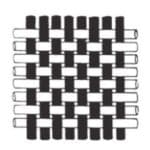
Selecting a roller cover made with a woven fabric means you can use it with more paint types: Enamels, primers, and all paint sheens flat, eggshell, satin, semi-gloss, and gloss.
Want to learn more about paint sheens?
The Best Paint Sheen by Interior Project
Definitely, pin this paint roller cover guide for later so you can refer to it during your next painting project!
Pin It for Later!
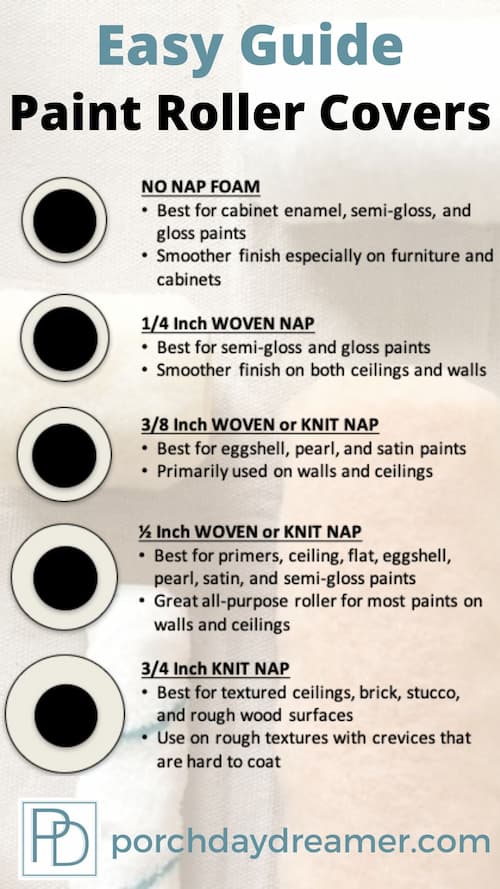
Paint Roller Nap Sizes
Roller Covers by Paint Sheen and Project
Alright, you’ve probably learned more than you wanted to about textiles and fabric at this point!
I’ll get to what you really want to know now…
Which paint roller cover should I use for my project?
The types of covers we will review are the most common, but this is not the entire universe of options!
I’ll make sure you pick the best roller sleeves for your project.
Paint Roller Cover Nap/Pile Heights
- No nap, which is foam or microfiber cover
- 1/4 Inch Woven or Knit
- 3/8 Inch Woven or Knit
- 1/2 Inch Woven or Knit
- 3/4 Inch Knit
After each roller type, I’ve included a shopping link for you.
Every paint project will require more than one quote, so I advice people to buy the multi-packs so you always have extra roller covers on hand.
No nap foam paint roller cover
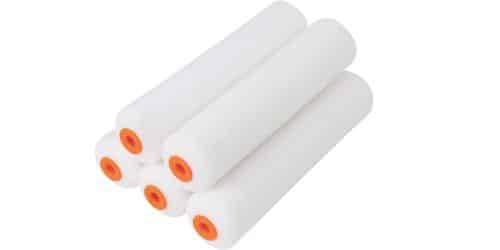
- Best for primer when painting with a cabinet enamel, semi-gloss, and gloss paints
- Delivers a smoother finish especially on furniture and cabinets
- This is the ONLY roller I use with priming and painting furniture and cabinets.
- SHOP: 6 inch Foam Rollers
- Another option in this same category are microfiber roller covers. They will also provide a smooth finish like a foam roller.
- SHOP: Microfiber Rollers
1/4 Inch Nap Paint Roller cover
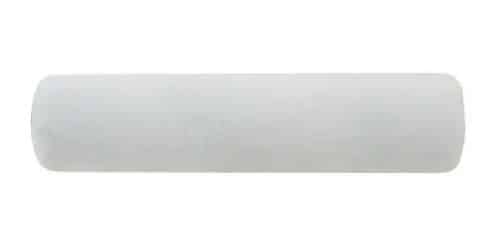
- Best for semi-gloss and gloss paints plus smoother surfaces
- Use to prevent roller marks on wall and ceilings when a smooth glossier surface is desired.
- SHOP: 1/4 inch nap paint rollers
3/8 Inch Nap Paint Roller cover
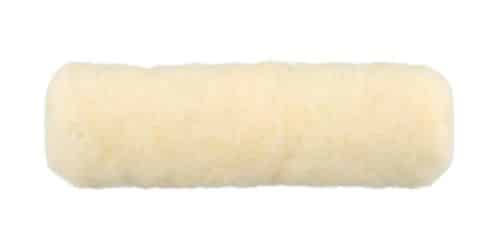
- Great all-purpose roller for most paint types on walls and ceiling that are smooth or semi-smooth.
- This is my personal go to everyday roller I keep stocked at my home and use to paint my walls.
- This is the best roller for primers, ceiling, flat, eggshell, pearl, satin, and semi-gloss paints. It will give you superior paint pick-up.
- Don’t use with higher gloss paints to avoid an orange peel effect.
- SHOP: 3/8 inch paint roller cover
1/2 Inch NAP paint roller cover
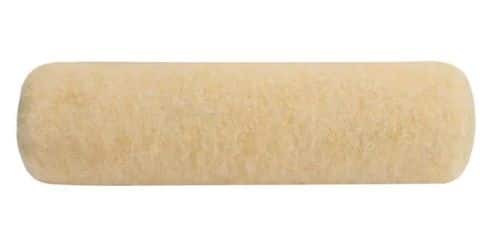
- Best for eggshell, pearl, satin, and semi-gloss paints
- Primarily used on walls and ceilings that are smooth to semi-smooth
- SHOP: 1/2 inch paint roller cover
3/4 Inch nap paint roller cover
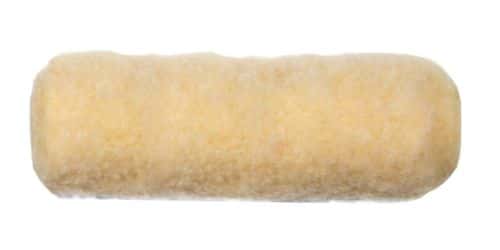
- Use on rough textured surfaces with crevices that are hard to coat.
- Best for textured ceilings, masonry, brick, stucco, and rough wood surfaces.
- SHOP: 3/4 inch paint roller cover
Are you surprised at how important it is to choose the right roller cover, so you get the best result for a variety of projects and paint sheen type?
After reading this guide, I hope you feel WAY more comfortable and confident in your ability to pick the right paint roller cover for your paint projects!
Want to learn more about how-to paint or about paint makeovers I’ve completed in my home?
Happy painting!
Here are more how-to paint posts!
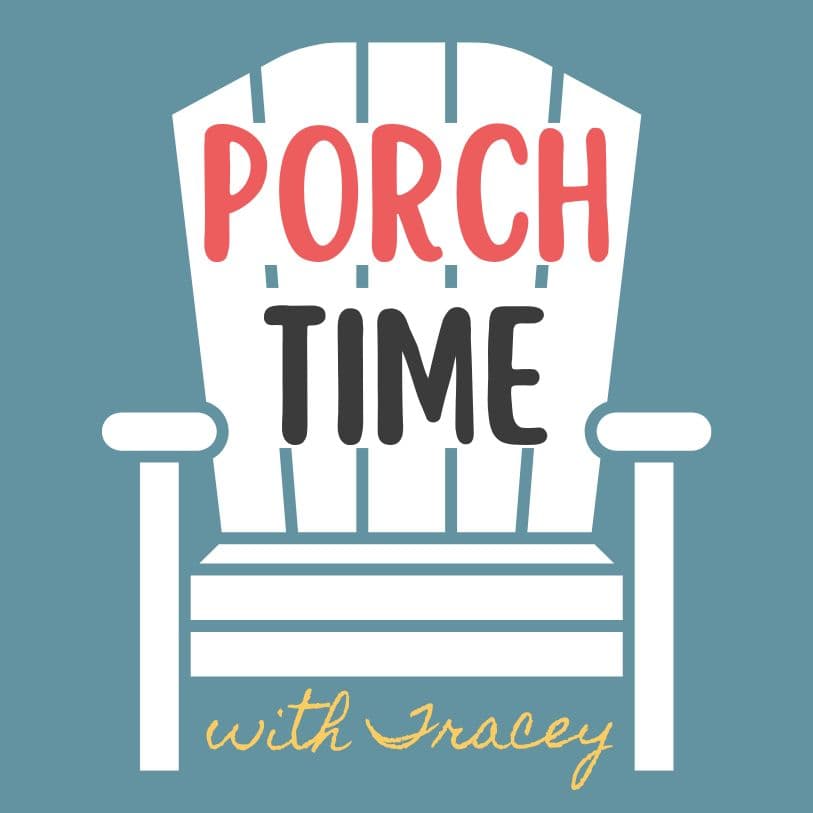
Sign-Up for my Weekly Emails!
Straight to your inbox sharing can’t miss decorating and painting tips for your home.
Please consider following me on Pinterest and Instagram for daily inspiration.
Porch Daydreamer
Tracey
Tags: foam paint roller vs nap roller, best roller for painting doors, 20 nap roller, cloth paint roller, low sheen acrylic, surface type, identity confirmed, shelf pack

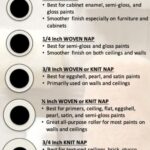
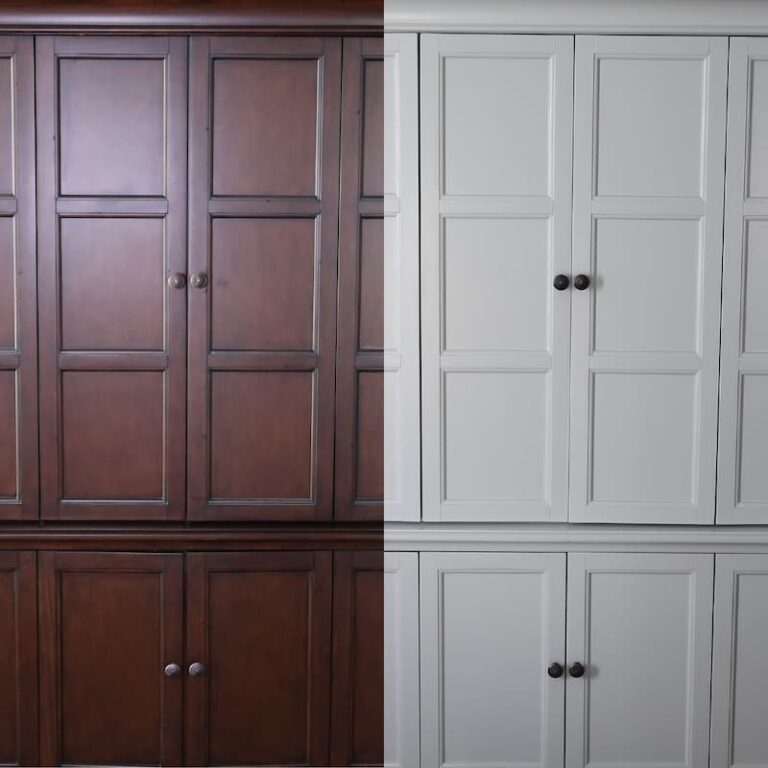
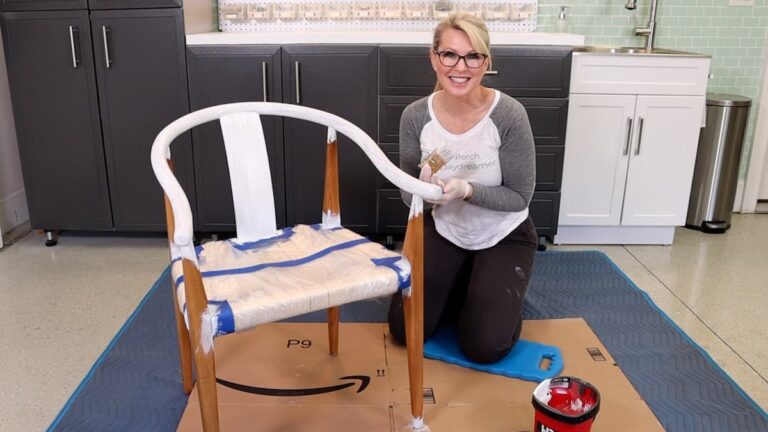
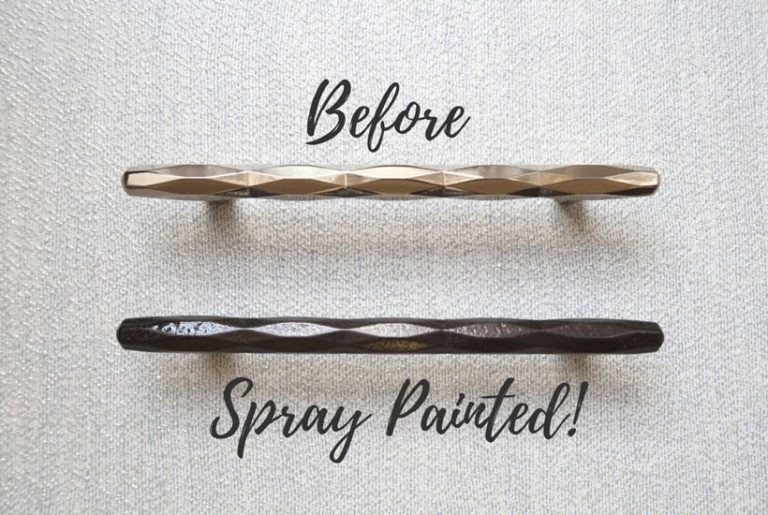
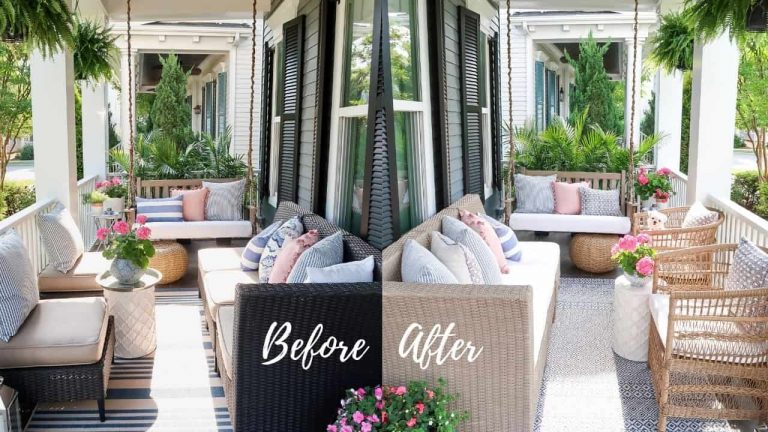
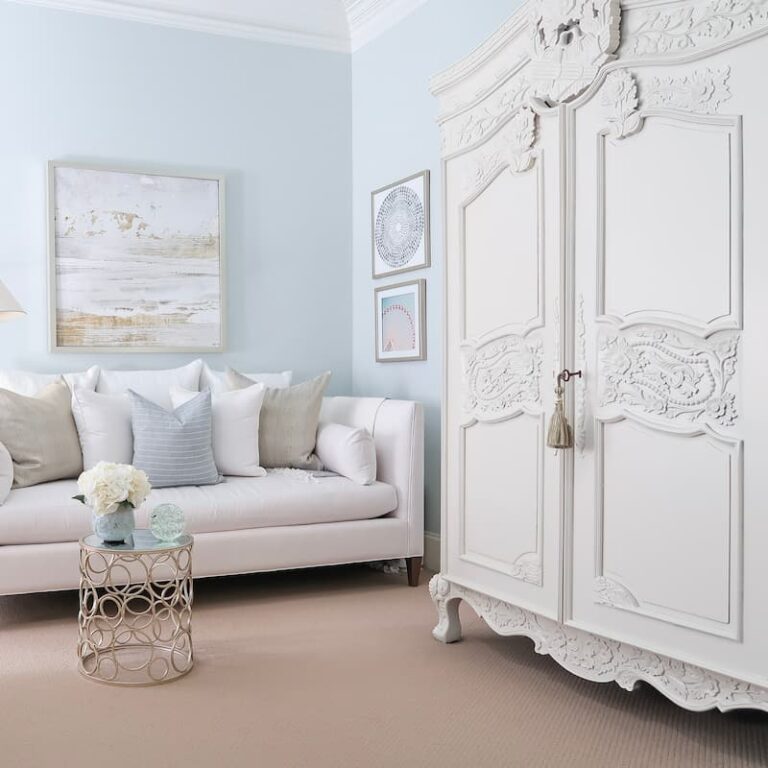
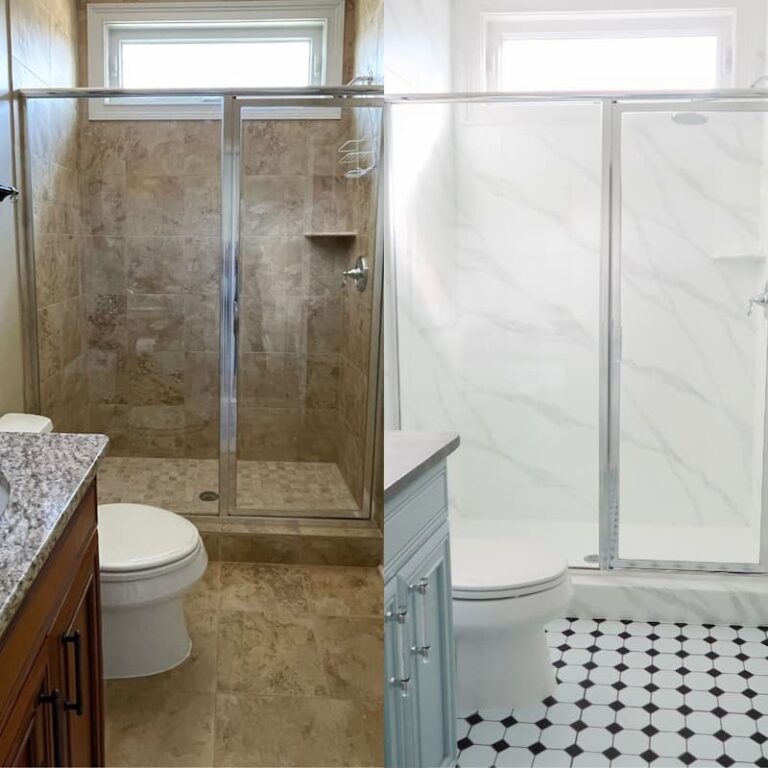
Just discovered your site, very helpful and informative.
Id like to clarify foam roller use. I want to paint a set of 3 stacking tables (your article convinced me to purchase the Valspar enamel cabinet and furniture paint) and for the tops I thought I’d use a foam roller. But I have seen the orange peel effect when using this in the past. Any suggestions? Thanks for your helpful ++++ articles.
Hi, Bonnie! Glad you found me. Orange peel usually happens with a high nap roller because it “pulls” up the paint a bit leaving tiny peaks. If you only stir the paint (VCFP) and use a foam roller, the surface will dry smooth because the paint flows and levels so well. I’ve never had orange peel effect on any of my projects using this combo. Hope that helps!
When i use Valspar cabinet and furniture paint, when i use a foam roller should the roller be slightly damp? Cam the pieceor brush be misted with water to help for smooth finish? Thanks
Hi, water will just thin the paint and not improve the application. Just throughly coat the roller and brush with paint (wipe the excess). You should get a smooth finish. I’ve never had any issues.
3/8” is less than 1/2”. Your chart shows them reversed.